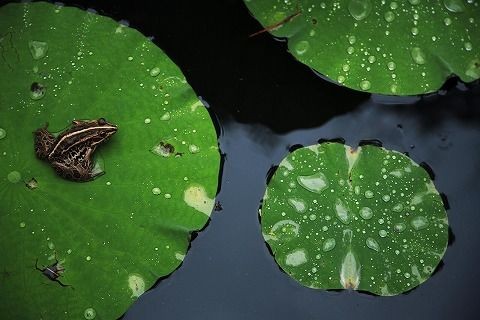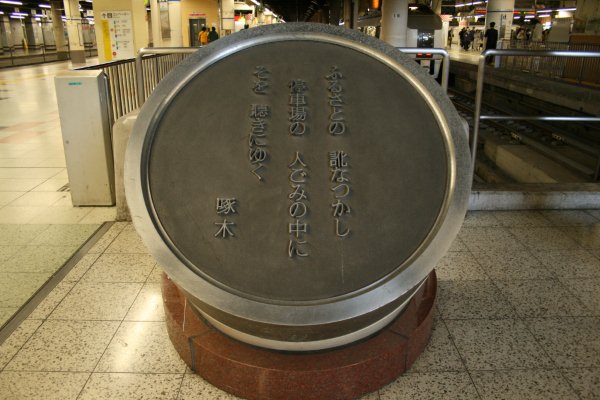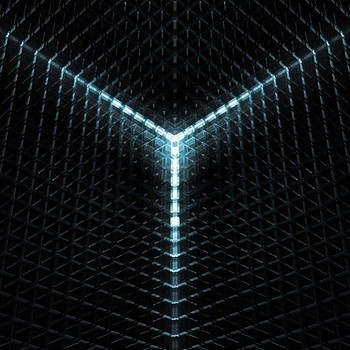How is the structure of the haiku and the tanka similar?
2 Answers
The tanka is 5-7-5-7-7 In Syllables. The haiku is 5-7-5.
Explanation:
The tanka is 5-7-5-7-7 In Syllables. The haiku is 5-7-5. Also, neither have to rhyme and both are from Japanese culture.
Both of them are Japanese short fixed verce.
Explanation:
Both of the haiku and the tanka are fixed-form poems consisting of five and seven syllables.
A haiku has a structure of 5-7-5, while a tanka has a structure of 5-7-5-7-7.
[Sample of a haiku]
古池や 蛙飛び込む 水の音(by Matsuo Basho)
Furuikeya Kawadutobikomu Mizunooto

This haiku means "A frog is leaping into an old pond, making sound of water(plop)." After the frog jumped into the pond, there was silence again. Basho was fascinated by the silent pond.
[Sample of a tanka]
ふるさとの 訛なつかし 停車場の 人ごみの中に そを聴きにゆく(by Ishikawa Takuboku)
Furusatono Namarinatsukashi Teishabano Hitogominonakani Sowokikiniyuku

This tanka means "I feel nostalgic with the accent of my hometown. I go to a crowded station to hear it." The picture of the stone monument was taken in Ueno station(Tokyo), which many trains from the northern Japan arrive at.
A haiku depends a lot on your imagination since it is shorter than a tanka. So, you need to put a kigo (season word) in a haiku.
The haiku "Furuikeya Kawadutobikomu Mizunooto" has a spring season word "kawadu", which means a frog.
Some haikus or tankas have insufficient or extra syllables.
For example, the tanka above has a structure of 5-7-5-8-7.


